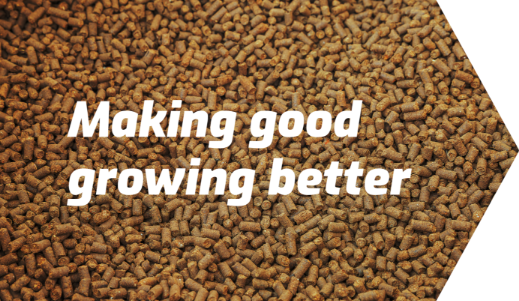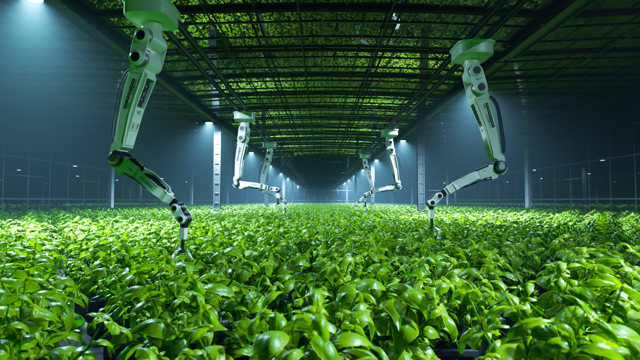
The case for organic fertilizers on conventional farms
Organic fertilizers have evolved. Maybe it’s time conventional growers took another look at how organic fertilizers can fit into their crop and business plans.
The next time you play a round of golf, consider what’s under your cleats. Many of those beautiful, lush, healthy greens were fertilized with Nature Safe organic fertilizer.
It’s interesting, but what does that mean to a conventional farmer looking to feed a crop, not a putting green? Plenty, as it turns out.
To grow anything, be it corn, wheat, soybeans or grass, you need soil that supports germination, root development and healthy plant growth. Healthy soil is teeming with microbial activity that drives nutrient cycling, soil aeration andwater-holding capacity.
Golf course turf managers know that good plant nutrition starts with healthy soils so they use Nature Safe. And maybe, just maybe, in an era of fast-acting, plant-directed synthetic fertilizers, commercial farmers have lost sight of that.

Today’s organic fertilizer products are every bit advanced as their synthetic counterparts. The main difference is in how they are used. But including organic fertilizer in the overall fertility plan can pay dividends now and in the future.
Ingredients matter
Organic fertilizer is a combination of different feedstocks: vegetable meal, plant waste, kelp, manure, guano, rock phosphate, bone, blood and other animal byproducts, fish, crushed shells and even wood — to name a few.
While all of these things can be transformed into fertilizer, the different mineral, nutrient and micronutrient content of each raw material impacts the nutrient and mineral balance of the finished product, as does the manufacturing process.
What we use. At Nature Safe, our ingredients set us apart. Our core inputs are feather meal, meat and bone meal and blood meal. We use many of the same types and quality of ingredients sought after by pet food manufacturers, but we use them to feed the soil.
The food-processing sector produces billions of pounds of animal by-products every year. While that might seem high, when you think about how much of an animal we eat, it makes sense.
Take the example of beef where, on average, only 65% of the animal is used for human consumption.1 That percentage changes depending on carcass condition, but there is always byproducts in the form of bone, blood, fat and viscera.
How we process it. We process these animal byproducts into fertilizer using low temperature and steam pressure – something like a crockpot. And that process has a big impact on the quality and nutrient density of our final fertilizer products.
This low-heat and steam process results in fertilizer products packed with amino acids, proteins, nutrients, minerals and other components needed to feed soil and crops. They are highly concentrated, highly controlled-release fertilizers.
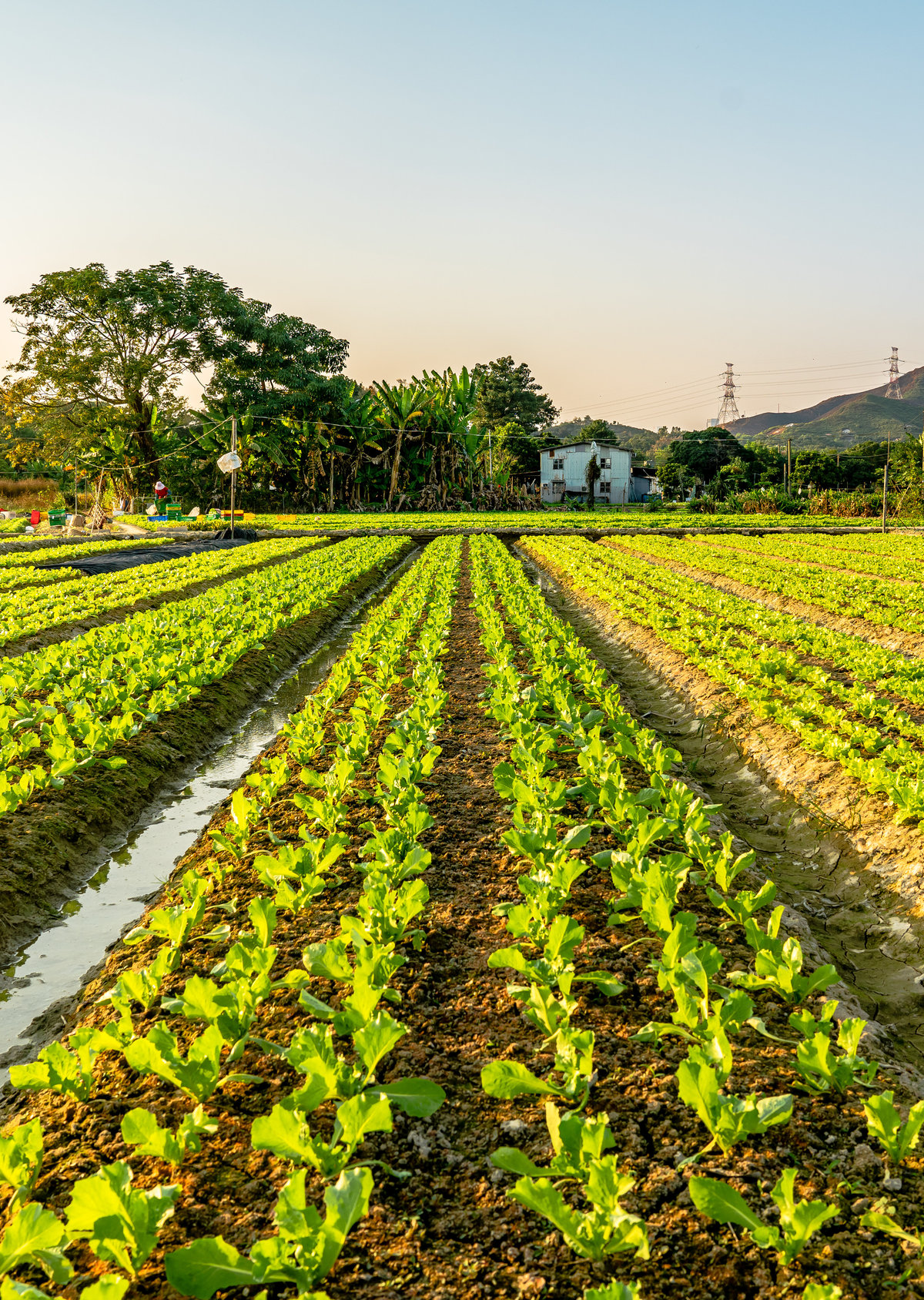
The case for organic fertilizers on conventional farms
The never-ending work of microbes
Nature Safe focuses on feeding soils. It’s a different way to think about fertilizer, which is usually considered to be plant food. So, what’s going on here, and why should it matter to farmers looking for improved crop production?
First, it helps to understand what healthy soil is. You’ve no doubt heard the expression “it’s alive!” Soil should be teeming with soil fauna and billions of microorganisms – it should be very alive.
We’re talking about everything from earthworms and tiny arachnids to microbes, like fungi and bacteria. These organisms are constantly breaking down organic matter such as decaying plant and animal material like leaf litter and exoskeletons shed from invertebrates.
As these organisms and microbes break down that organic matter, they consume carbon as an energy source and release it again. Nitrogen cycling occurs, which is when organisms and microbes convert atmospheric nitrogen into ammonia, and in other cases, convert ammonia to nitrites and nitrates.
Through decomposition, these organisms build soil structure, improve water absorption and water retention capacity and ensure that minerals and nutrients are plant available and can be moved to root zones.
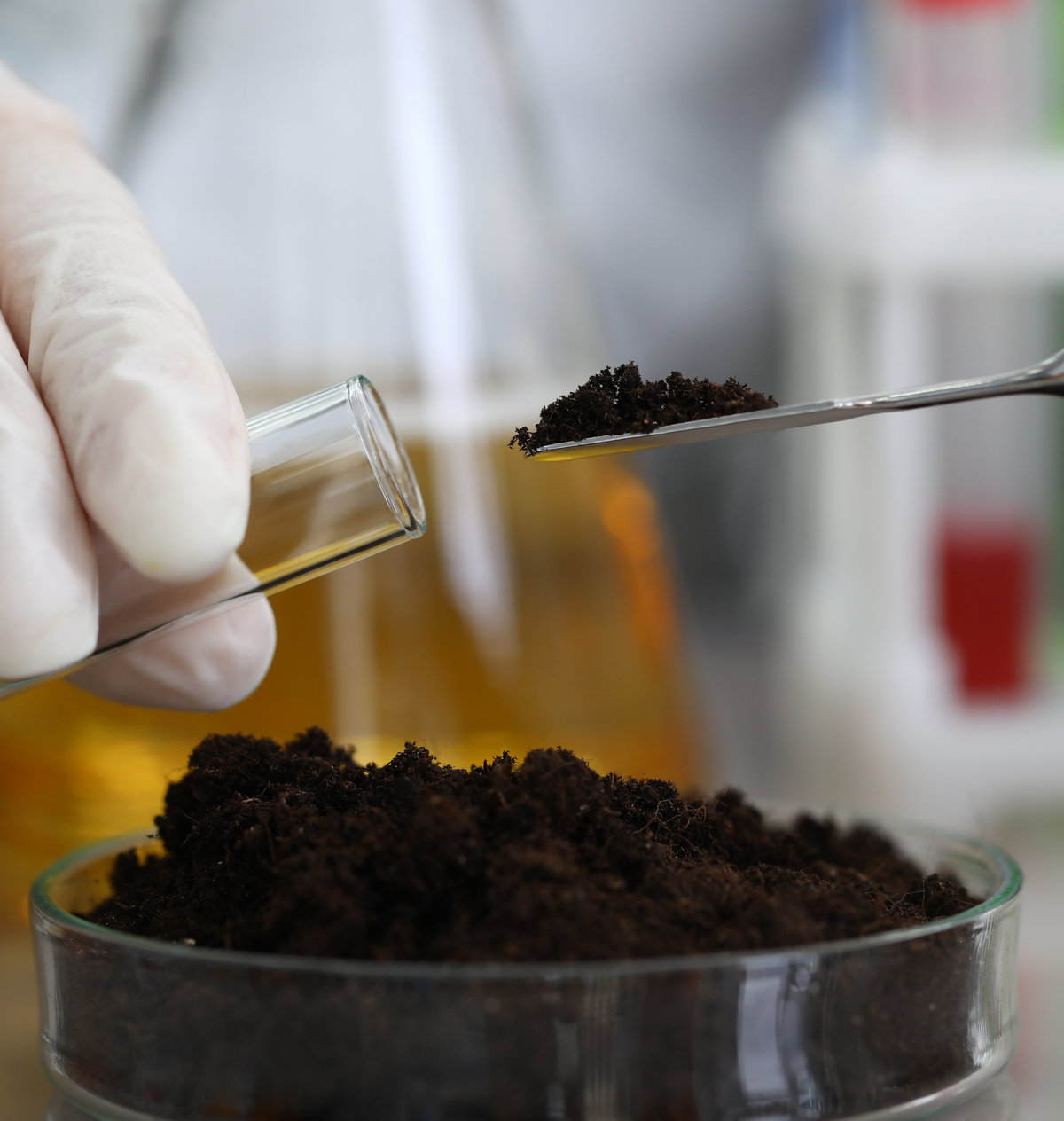
What is soil food, anyway?
Amino acids are an important food source for soil microbes. Made up of carbon, oxygen, hydrogen and nitrogen, amino acids are essential components of all living cells.
Soils high in amino acids tend to be very productive because the microbes are being fed. In contrast, soils low in amino acids tend to be less healthy because microbes are basically starving.
Amino acids are the building blocks of proteins. Since Nature Safe fertilizers are derived from protein (meat, bone, blood and feather meals), they have high amino acid content, meaning they deliver plenty of food to soil microbes.
This is not to say that Nature Safe products are only about amino acids. They are balanced formulations that deliver the macronutrients, micronutrients and minerals that plants need to thrive. The high amino acid content helps build soil structure, which in turn fosters nutrient uptake for healthier plants.
With Nature Safe fertilizers, you’re getting soil food. These products are engineered to deliver balanced, controlled release, concentrated amino acids and proteins.
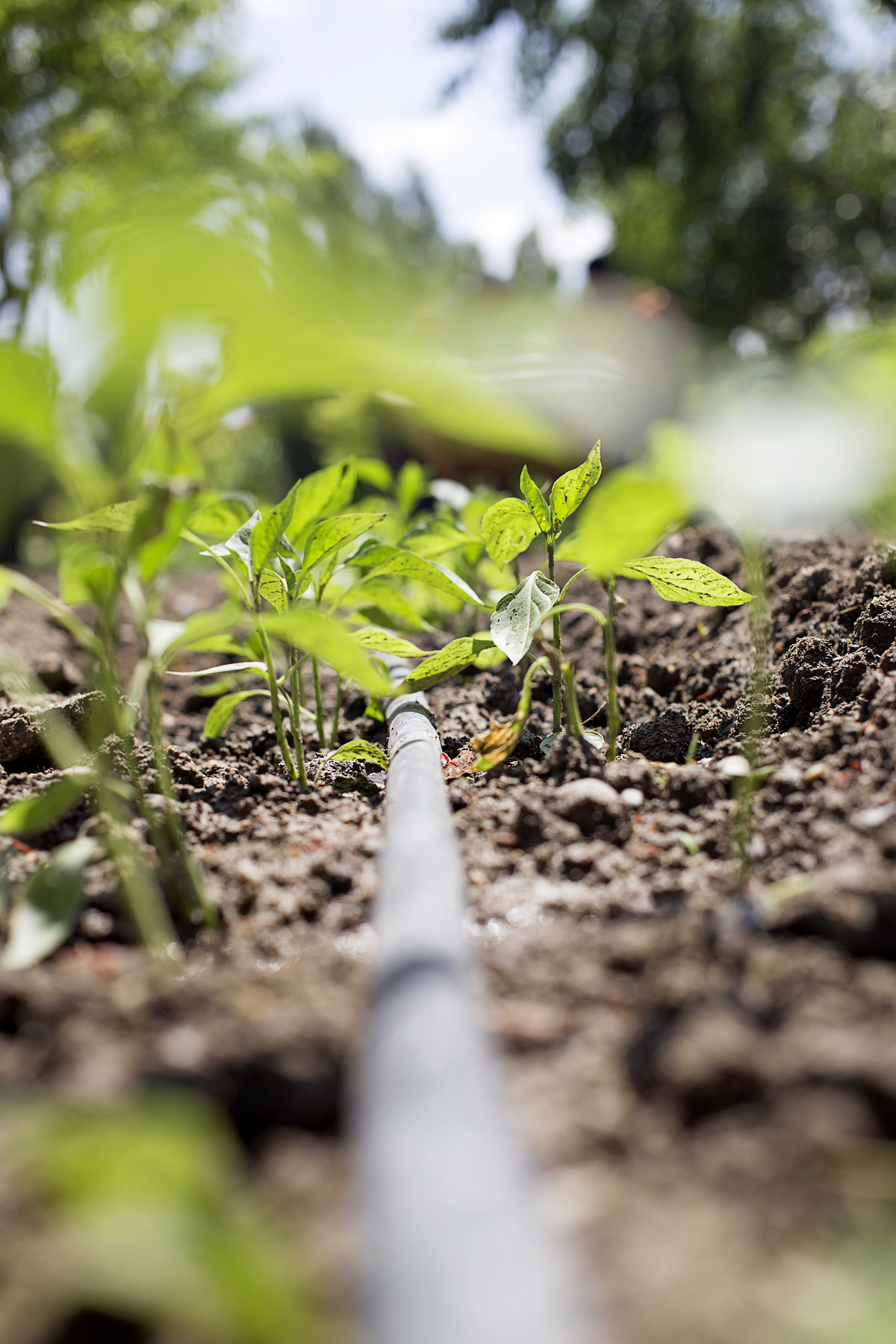
Organic fertilizer in action
Nature Safe organic fertilizers are stand-alone products, but in some instances, you can combine them with other fertilizer sources to enhance nutrient release.
For instance, in organic corn production, a fertility program using Nature Safe and manure ensures plants get all the nutrition they need, the soil is enhanced and costs stay low.
This importance of amino acids can’t be understated. Manure tends to have low amino acid content at around five to 10%, while Nature Safe products range from 31% to nearly 89.5% amino acid content. When applied together, Nature Safe allows the manure’s nutrient content to be fully released. How?
Say a grower is using poultry manure to fertilize organic corn. In terms of nitrogen phosphorus and potassium (NPK) balance, poultry manure is fairly equal at 1-1-1, so you would apply it at four to five tons per acre.
Looking at the N, about a third will volatize. Another third will give you a predictable nutrient release for a couple of months. Tthe final third is unreleased, perhaps tied up with the bedding from the barn.
By the time corn reaches the V4 and V5 stages, nitrogen uptake starts to ramp up just as the available nutrient content of the manure is winding down. Most corn farmers, conventional and organic, look to top dress some N at this stage since corn yield is determined between V10 and R1. This is when N requirements are high, so it has to be constantly available in the soil throughout this period.
It’s the perfect time to apply Nature Safe 13-0-0. Made from feather, meat and blood meal, Nature Safe 13-0-0 applied at 300 to 400 lb./ac. provides 39 to 52 pounds of N per acre, and predictably releases over 10 to 12 weeks.
This shot of amino acids and nitrogen feeds the soil microbes, boosts microbial populations and activity, which in turn releases tied-up nutrients, making them available to the crop for that critical yield determining period.
Corn’s high N requirements mean that Nature Safe should be used with manure to keep costs in line. However, with other crops, Nature Safe can be used alone and counted on to deliver complete crop nutrition and better soil health.

Building porosity with organic fertilizer
Soil microbes are short-lived organisms, and when they die, they go back to the soil as food for other microbes. This cycle helps create greater soil porosity, which is the process of building more spaces between soil particles that hold water, oxygen and nutrients that crops need to grow.
Soils with greater porosity are more nutrient-efficient because nutrients are less likely to leach away from root zones. Nature Safe organic fertilizers help to build and expand soil microbial populations and contribute to greater porosity.
By contrast, synthetic fertilizers are high in salt, which negatively impacts soil porosity and health over time, reducing soil biodiversity and microbial populations. This can lead to more significant nutrient leaching and reduced nutrient efficiency.
Synthetic fertilizers have the same problems that manures do in that a lot of applied N is lost through off-gassing and leaching and never makes it to the plant. Going back to our corn scenario, top dressing supplemental N around the V6 stage may help the corn, but it does nothing for the soil and the following year’s crop.
Including Nature Safe organic fertilizers within a conventional fertility program should help feed and fortify soils, leading to greater porosity and improved water and nutrient management of the soil.
Improving soil porosity is key. Soil with large pores, or spaces between soil particles, have better water infiltration and holding capacity. Those large pores allow rain or irrigation water to move quickly into the soil and retain it for crop use, whereas soils that are compacted and/or low in organic matter have small pores, which can limit water movement.
Including Nature Safe in a conventional fertility program is not necessarily about helping the synthetic product perform better, but it helps the soil thrive, which should lead to reduced rates of synthetic fertilizer.
Two Rs: Recycling and regenerative agriculture
For many years, Nature Safe fertilizers have fit very well into the expanding organic production sector.
And today, there’s a newer movement that seeks to improve farming methods. Regenerative agriculture aims to tackle climate change by restoring soil biodiversity and rebuilding organic matter, gaining more attention and adherents on both organic and conventional sides of the farming fence.
Nature Safe is purpose-built for regenerative agriculture.
Beyond rebuilding soil health, we believe in turning animal byproducts into something useful. At Nature Safe, we’re invested in environmental stewardship, and we are working to offer effective and sustainable organic fertilizer options.
Footnote
1 "How much meat can you expect from a fed steer?" SDSU Extension, 2020.
extension.sdstate.edu/how-much-meat-can-you-expect-fed-steer
